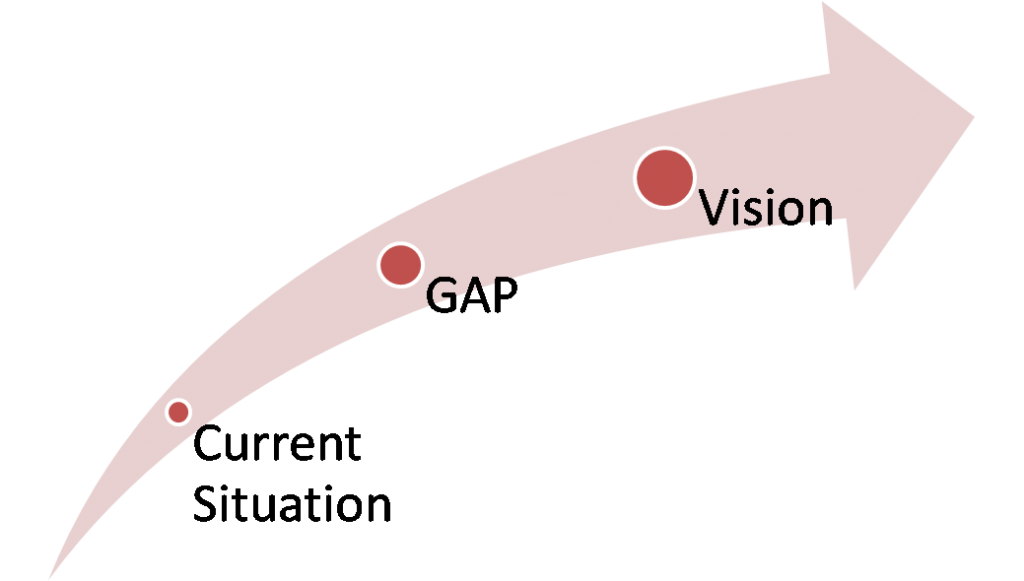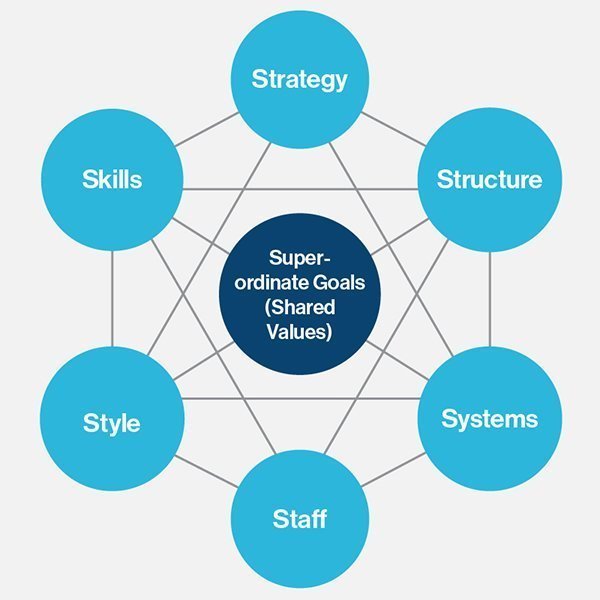Does Your Project Need a Rescue?

Sometimes even the best-laid plans don’t turn out so well, and sometimes you just need help getting things back on track. There isn’t a horror story we haven’t heard when it comes to software projects gone bad. There’s the development project you thought was 75% complete but is really only about 30% finished—and your users expected it to go into production yesterday. Or, well into a business- critical development project, you realize you need more expertise. Then there is the project you sent offshore to save money, only to find shortfalls in meeting the business requirements or applications that don’t meet your quality expectations.
When things go awry, you can count on Elpis Systems: our team is highly skilled at picking up projects mid-lifecycle, shoring up the code, and getting even the most wayward project back on track.
In management literature, gap analysis involves the comparison of actual performance with potential or desired performance [citation needed]. If an organization does not make the best use of current resources or forgoes investment in capital or technology, it may produce or perform below its idealized potential. This concept is similar to an economy’s production being below the frontier of production possibilities.
Gap analysis identifies gaps between the optimized allocation and integration of the inputs (resources) and the current allocation level. This may reveal areas that can be improved. Gap analysis involves determining, documenting, and improving the difference between business requirements and current capabilities. Gap analysis naturally flows from benchmarking and other assessments. Once the general expectation of performance in an industry is understood, it is possible to compare that expectation with the company’s current level of performance. This comparison becomes the gap analysis. Such analysis can be performed at the strategic or operational level of an organization.
Elpis Systems takes a thorough look at the assets of a troubled project through interviews, documentation reviews, and code execution, and then diagnoses the situation.
We develop an intervention approach and project plan that can be executed by Elpis Systems or collaboratively with your team.
We approach every project individually and employ best practices based on our experience and expertise. In some cases, the original scope and delivery schedules cannot be met, but Elpis Systems gives you a pragmatic and realistic estimate of what can be delivered, an assessment of scope changes, and delivery dates, along with alternatives and associated risks. Then we bring the project out of crisis mode and under control.

A gap analysis can also be used to analyze gaps in processes and the gulf between the existing outcome and the desired outcome. This step-by-step process, as shown below:
- Identify the existing process
- Identify the existing outcome
- Identify the desired outcome
- Identify and document the gap
- Identify the process to achieve the desired outcome
- Develop the means to fill the gap
- Develop and prioritize Requirements to bridge the gap
A gap analysis can also be used to compare one process to others performed elsewhere, which are often identified through benchmarking. In this usage, one compares each process side-by-side and step-by-step and then notes the differences. One then analyzes each deviation to determine if there is any benefit to changing to the alternate process. The results of this analysis (in the context of the benefits and detriments of changing processes) may support the maintenance of the current process, the wholesale adoption of an alternate process, or a fusion of different aspects of each process.